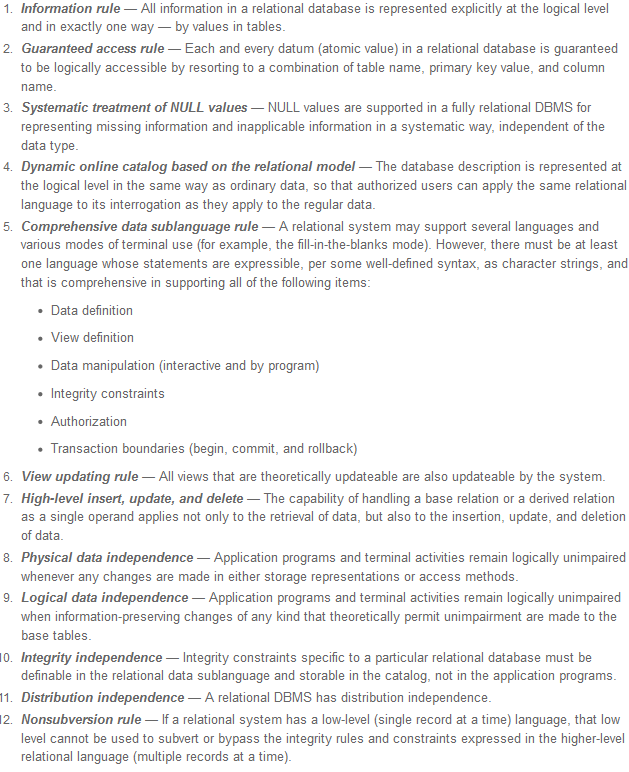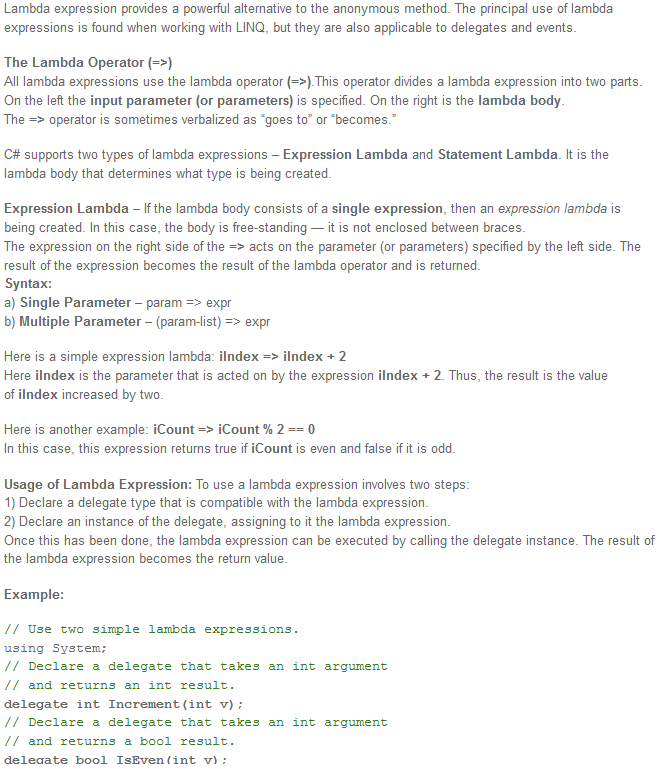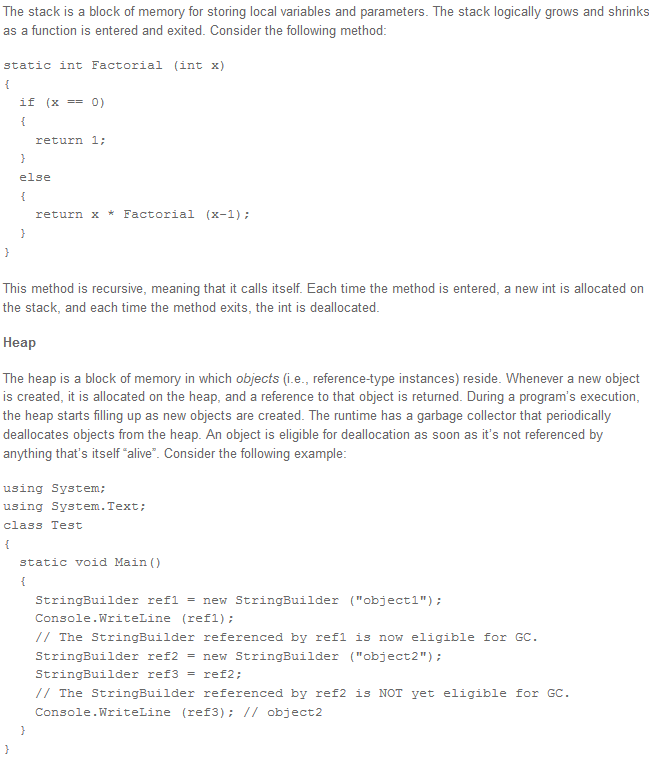Definition
of, what is Relational database management system RDMS, definition of primary
key and foreign key, real world example for RDMS, primary keys and foreign key,
Structure of Tables in RDMS
What is Data Model or its definition: The data structures and access techniques provided
by a particular DBMS are called its data model. A data model determines
both the “personality” of a DBMS and the applications for which it is
particularly well-suited.
Explained Definition of RDBMS: A relational database (RDBMS) is a database where all data
visible to the user is organized strictly as tables of data values, and where
all database operations work on these tables. It is based on the relational
model proposed by Codd as an attempt to simplify the database structure.
A relational DBMS can represent
parent/child relationships, but they are visible only through the data values
contained in the database tables. SQL is based on the relational data model
that organizes the data in a database as a collection of tables.
Structure of Tables in RDMS: The organizing principle in a relational database is the table,
a rectangular row/column arrangement of data values. Each table in a
database has a unique table name that identifies its contents.
- Each table has a table name that uniquely identifies it.
- Each table has one or more named columns, which are arranged in a specific, left-to-right order.
- Each table has zero or more rows, each containing a single data value in each column. The rows are unordered.
- All data values in a given column have the same data type and are drawn from a set of legal values called the domain of the column.
Tables are related to one another by the data they contain. The relational data model uses primary keys and foreign keys to represent these relationships among tables.
Definition of Primary Keys:
A primary key is a
column or combination of columns in a table whose value(s) uniquely identify
each row of the table. A table has only one primary key.
Definition of Foreign Keys: A foreign key is a column or
combination of columns in a table whose value(s) are a primary key value for
some other table. A table can contain more than one foreign key, linking it to
one or more other tables.
Just as a combination of columns can serve as the primary key of a table, a foreign key can also be a combination of columns. In fact, the foreign key will always be a compound (multicolumn) key when it references a table with a compound primary key. Foreign keys are a fundamental part of the relational model because they create relationships among tables in the database.
Point to Keep Remember in Mind: A primary key/foreign key combination creates a parent/child relationship between the tables that contain them.
Just as a combination of columns can serve as the primary key of a table, a foreign key can also be a combination of columns. In fact, the foreign key will always be a compound (multicolumn) key when it references a table with a compound primary key. Foreign keys are a fundamental part of the relational model because they create relationships among tables in the database.
Point to Keep Remember in Mind: A primary key/foreign key combination creates a parent/child relationship between the tables that contain them.
























